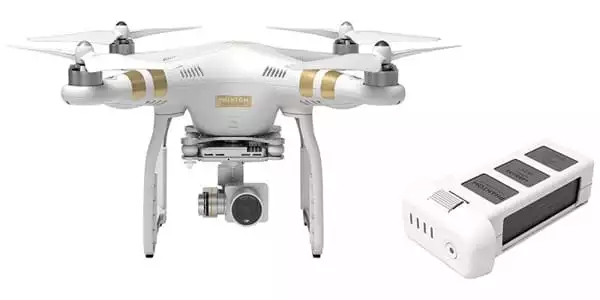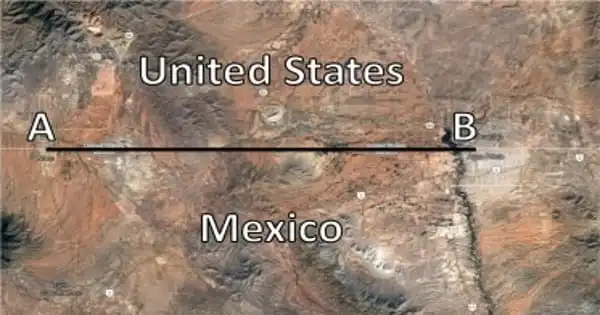Drones are a valuable asset in border security because they enable real-time reconnaissance, target acquisition, and tracking of people’s movements and unlawful actions via high-quality video feed. Drones equipped with thermal detection cameras outperform stationary video cameras when it comes to detecting irregular activities like illicit border-crossing attempts via dense woods or mountainous terrain.
A drone pioneer at the University of Houston is suggesting a continuous flight of small drones over the nation’s border to improve border security. One minor issue: the short battery life of small drones (approximately 30 minutes) is a significant impediment to continuous flying time.
Traditional border monitoring methods include video cameras, ground sensors, land vehicles, and manned airplanes, however, these have shown to be insufficient. There is a need to identify the issues that a country faces across its various border circumstances and to implement a framework to solve these challenges. Adoption of new border control and surveillance technology is critical to ensuring seamlessness in the authorized flow of persons and things across borders.
This work presents an optimization model for determining the ideal number of drones, optimal length of the E-line, and optimal location of the E-line system required for border surveillance.
Gino Lim
Gino Lim, R. Larry, and Gerlene (Gerri) R. Snider Endowed Chair of Industrial Engineering, suggest using drones with built-in wireless electrification line (E-line) battery charging systems to overcome this issue. Lim was the first to use this technique in 2017.
“Smart border patrol using small-scale drones may give significant assistance in patrolling areas inaccessible to patrol agents, reduce agent response time, and boost the safety of patrol officers working in dangerous areas. We propose the employment of drones in conjunction with E-lines for continuous border monitoring to increase border security and eliminate the need for human agents to patrol” Lim’s findings are published in the journal Computers & Industrial Engineering. Navid Ahmadian, a former Ph.D. student in Lim’s group, is the paper’s first author.
The E-line technology charges the drones while they are flying across the border, allowing for a continuous and uninterrupted flight over the border and eliminating the need for battery charging stations. Continuous monitoring transmits real-time information about various boundary areas to specified control centers, enhancing border security and eliminating the need for human-operated equipment.

“This work presents an optimization model for determining the ideal number of drones, optimal length of the E-line, and the optimal location of the E-line system required for border surveillance,” Lim explained.
The researchers studied a case study of a 22.8-mile-long piece of the US-Mexico borderline located between two border crossings within the Cochise County boundaries in Arizona for constructing their model.
Drones flying at elevations of 100 feet or higher can cover large amounts of land quickly and identify activity that fixed or mobile ground sensors could miss, especially in remote or hilly places. Drone surveillance introduces new accountability mechanisms that eliminate some apparent security indicators, such as fences, while simultaneously providing an invisible security apparatus that stretches beyond state borders. Drones are more time-efficient and less expensive to deploy than helicopters, and they can access areas deemed too dangerous and high-risk for humans. Drone technology can provide security agencies with a more secure and flawless technique for efficiently securing international boundaries.
Although drones have been the subject of numerous studies, few have focused on the use of drones for continuous border surveillance. Lim has offered a framework for drone routes targeting chronic patients in rural locations to aid in medicine distribution via drone in earlier work.
Using drone technology, such as small drones and charging stations strategically placed along borders, can minimize the expenses of expanding border security while also reducing the number of man hours required to patrol the border. These drones can also explore more isolated regions that human security cannot access. The smaller drones proposed in this research take less time and money to maintain than bigger military UAVs, and thus are less prone to false alarms or failures. Along the border, many stations with multiple drones would need to be erected. The increased need for autonomous air vehicles in commercial applications, such as cargo delivery systems, has shown the vehicles’ limitations.





